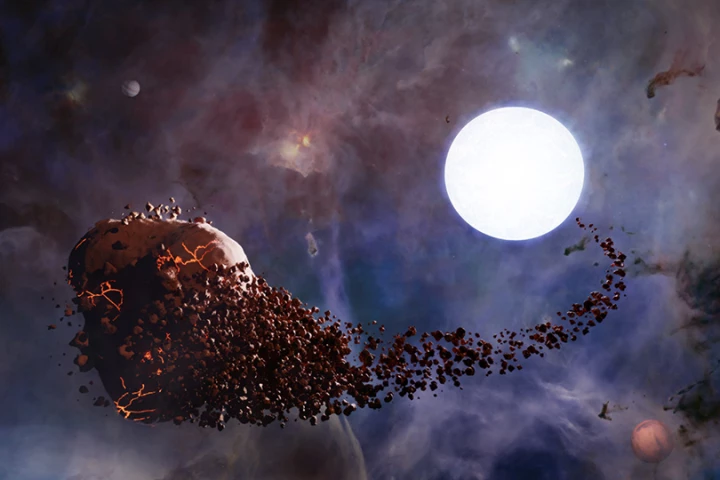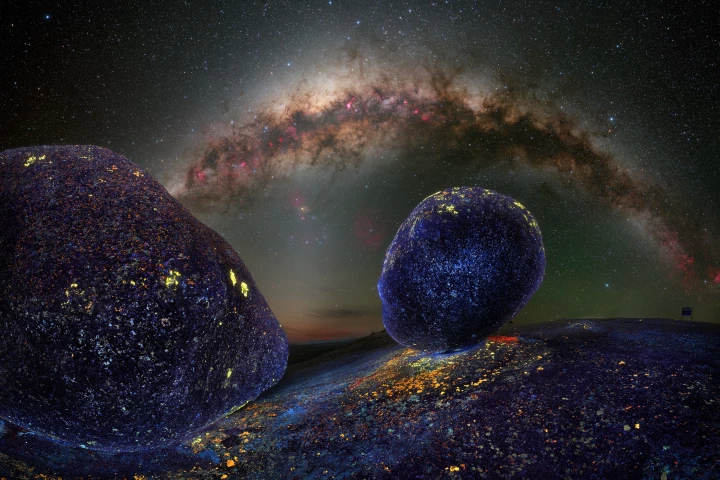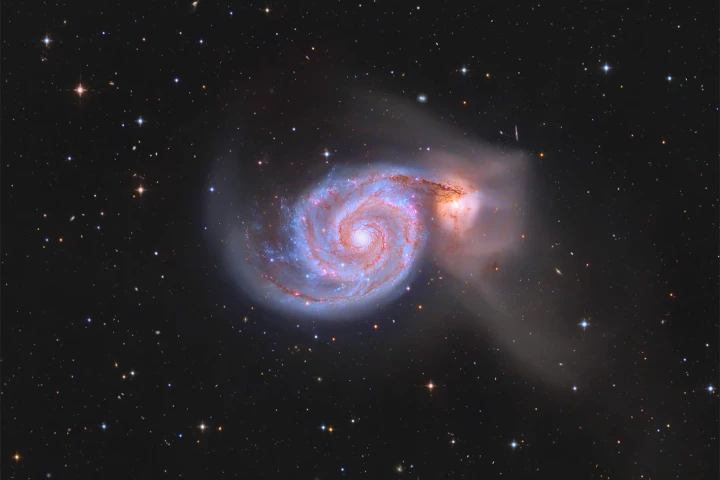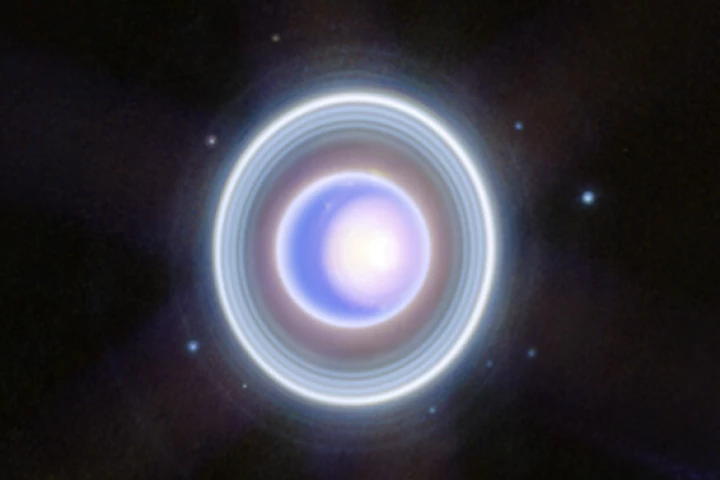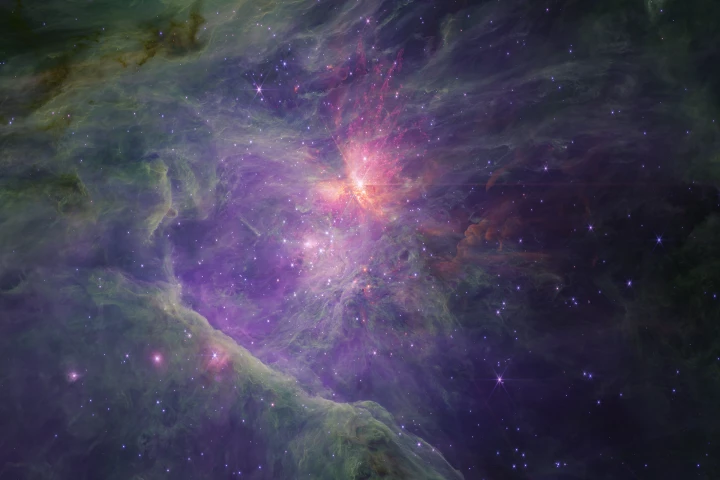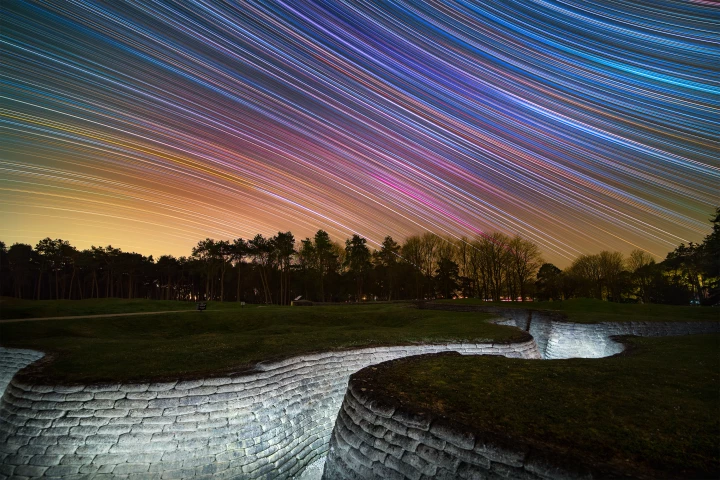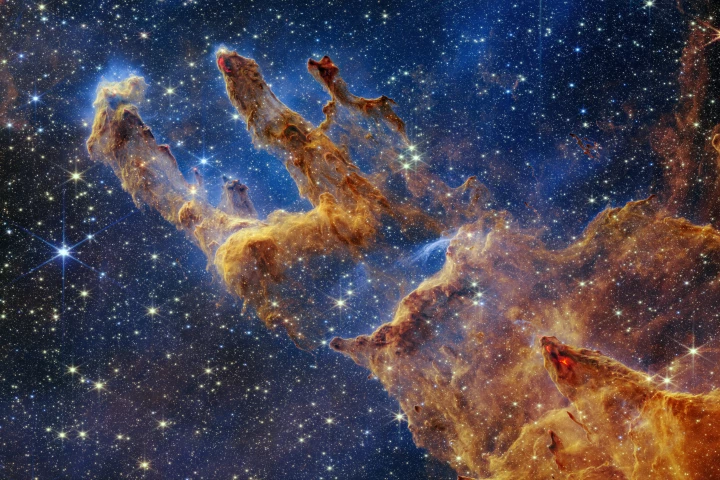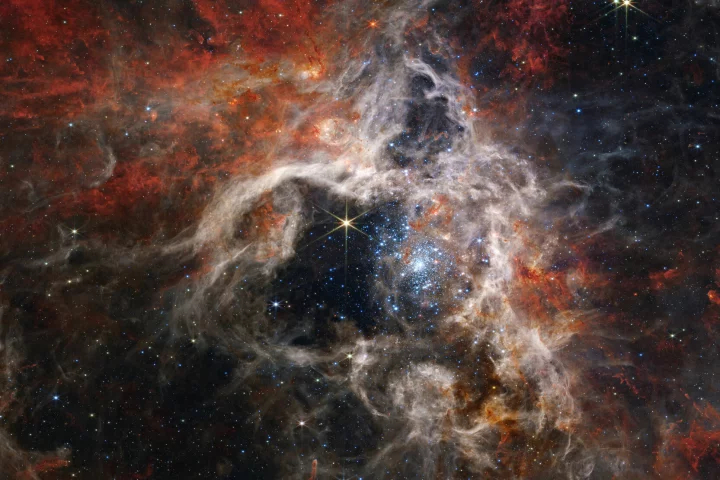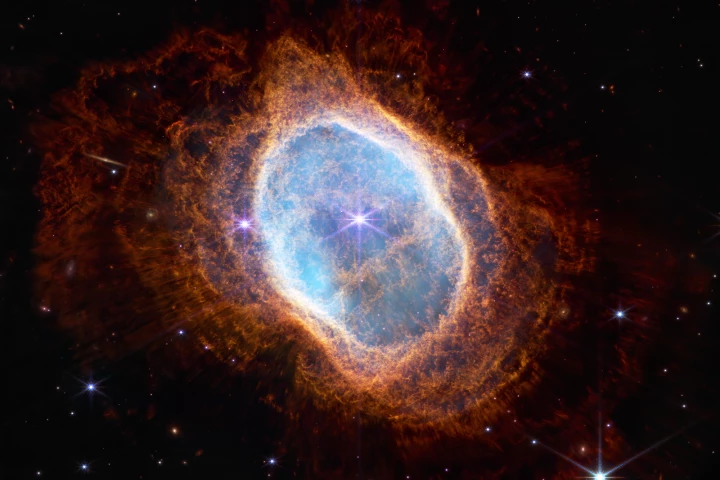Nebula
-
Astronomers have detected mysterious X-ray signals coming from a nearby white dwarf star for more than 40 years. We may now know where they’re coming from – the death throes of a planet being torn to shreds and raining down on the star.
-
Earth can only hold so many photography subjects – but the universe is basically infinite, and so is its beauty. The Astrophotography Prize is a relatively new international competition that celebrates this art, and this year’s winners have been unveiled.
-
Few photography subjects offer the breadth of beauty as astronomy, and the Royal Observatory Greenwich’s annual Astronomy Photographer of the Year awards celebrate that. The winners for 2024 have now been crowned, including breathtaking cosmic shots.
-
Space is one of the most versatile and photogenic subjects, and this year was no different. From a sunrise captured by the International Space Station to the most distant star ever observed, here are some of the best space photographs taken in 2023.
-
Hiding within new images of a nebula captured by the James Webb Space Telescope, astronomers have made a puzzling discovery – dozens of Jupiter-sized objects that defy explanation.
-
The annual Astronomy Photographer of the Year competition highlights the beauty of the night sky. The shortlist for 2023 has now been published, starring some stunning shots of the Sun, our majestic Milky Way, and awe-inspiring aurorae.
-
In 2022, decades of work finally came to fruition as the James Webb Space Telescope focused its powerful eyes on the universe. From distant galaxies to our nearby neighbors, let’s look back at some of the most impressive images captured so far.
-
The James Webb Space Telescope has snapped some incredible images in its short career, but this new one is a doozy. The spacecraft has now taken images of the iconic Pillars of Creation, revealing new details and giving a peek behind the cloudy curtain.
-
The James Webb Space Telescope has turned its infrared eyes to a neighboring nursery of young stars known as the Tarantula Nebula, and pierced through the dust to capture an infant star during its formative stages.
-
By now you’ve no doubt seen the first batch of images from NASA’s powerful new James Webb Space Telescope. But the scope of the achievement is hard to appreciate without context, so here they are side-by-side with Hubble’s views of the same regions.
-
The endless expanse of space is a beautiful and fascinating subject for photography. From the dramatic births and deaths of stars, to galactic glamor shots and planetary close-ups, here are some of the most breathtaking space photos of 2021.
-
Astronomers have detected the highest-energy light ever seen. Hundreds of gamma rays were detected with ultra-high energies, with the most powerful signals crossing the Peta-electronvolt threshold – much higher than thought possible in our galaxy.
Load More
